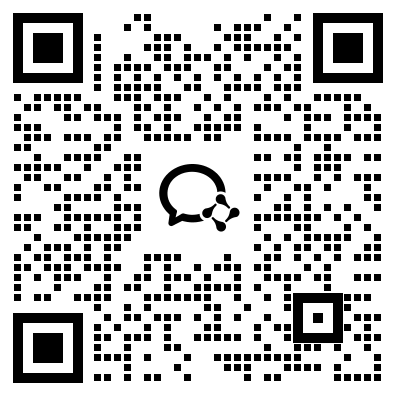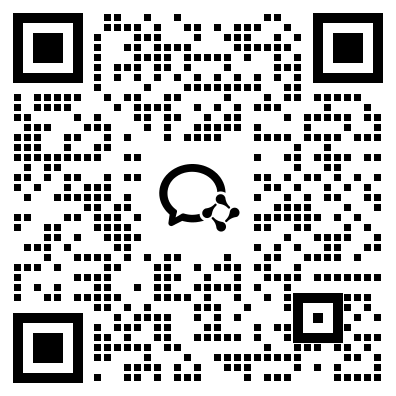江门市土地开垦区内开发未确定使用权的国有土地从事生产审查办件结果公示信息|土地管理数据集|行政审查数据集
收藏开放广东2025-09-17 更新2024-02-29 收录
下载链接:
https://gddata.gd.gov.cn/opdata/base/collect?chooseValue=collectForm
下载链接
链接失效反馈资源简介:
该数据包含了2023年起江门市土地开垦区内开发未确定使用权的国有土地从事生产审查办件结果公示信息,指本市行政部门详细记录了江门市土地开垦区内开发未确定使用权的国有土地从事生产审查办件结果公示信息。并根据相关规则进行数据清洗整理,提高江门市土地开垦区内开发未确定使用权的国有土地从事生产审查办件结果公示信息的时效性和准确性。
提供机构:
江门市
创建时间:
2024-01-26



